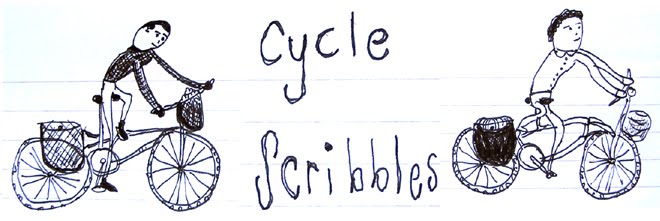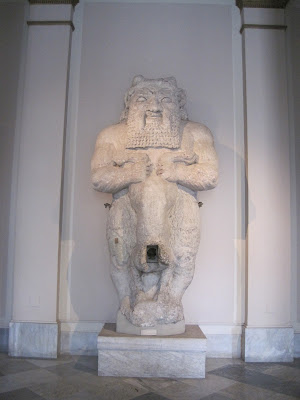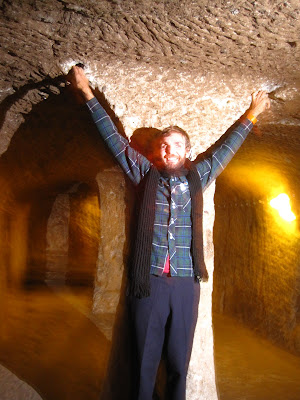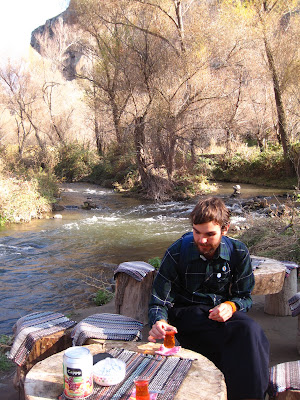
 |
| If only we had known, we could have come straight to this junk shop in Istanbul and picked up these snow globes as proof of our travels and forgone the 7000km ride! |
After six months traveling (five on the bikes) and before that a year and a half in Scotland it felt in good time to return home to Melbourne. It felt like we had reached the point where it was hard to take too much more in and we were looking forward to having a base to start our own projects and work from.
We were also looking foward to having access to English language libraries and time to explore below the surface of a lot of places we had visited that remained a mystery on our short visits.

We got the flight from Istanbul to Sydney so as to see family and friends before heading to Melbourne by car. On the drive it was exciting seeing the Australian landscape again with new eyes. Growing up somewhere, it's easy to stop seeing the beauty of a place and what makes it unique. The same went for lots of things we had missed about home. Accents and slang, food and just the general way people interact were all something of interest, which is a strange feeling in your own home. It's pleasant seeing something familiar through fresh eyes. I hope I can remind myself of these impressions after they have faded.
We plan to keep updating the blog as we do some trips closer to home. We have heard Tasmania offers great opportunities for cycle touring. We would like to fit in a short tour there later in the year and report our findings here. Stay tuned.
We hope to build up the blog slowly as a good resource for cyclists looking to make a trip, especially within Australia. We have found other people's blogs to be a huge help when planning our trip and finding good routes so it would be good to give back.
 |
| a walk around Cradle Mountain in Tasmania. We hope to return on our steeds soon. |























































